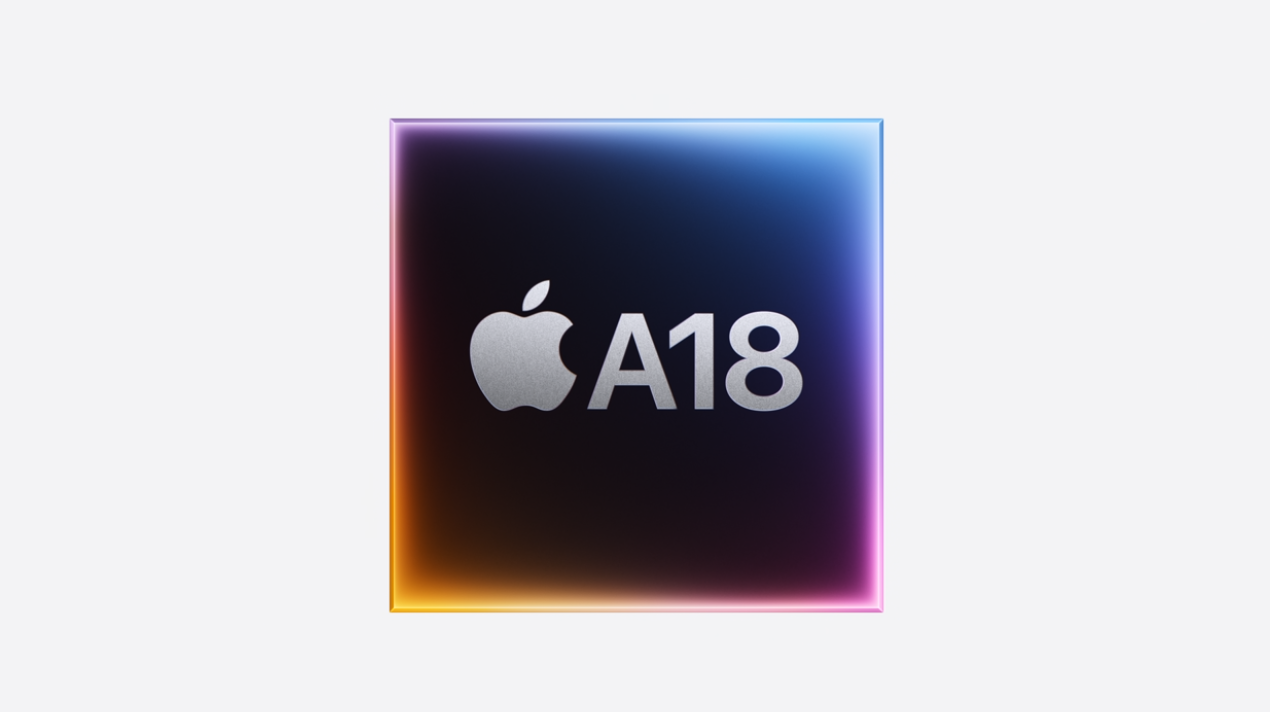
Apple's latest A18 (non-Pro) application processor for smartphones not only challenges AMD's Ryzen 9 9950X and Apple's M4 in single-thread workloads in Geekbench 6, but it seemingly beats all previous-generation flagship CPUs for desktops and laptops. But when it comes to multi-thread, the limited amount of cores certainly makes an impact on performance.
Apple's vanilla A18 processor packs two high-performance cores operating at up to 4.0 GHz (the first time the company's smartphone processor hits such a high frequency) and four low-power cores. The new A18 system-on-chip (SoC) scores 3409 points in a Geekbench 6 single-thread benchmark and 8492 points in Geekbench 6 multi-thread benchmarks, both are very good results. In fact, they are 15.5% higher for single-thread performance and 16.6% higher for multi-thread performance when compared to its direct predecessor, the A16 Pro. The new chip is also tangibly faster than Qualcomm's Snapdragon 8 Gen 3, at least on this one test.
When compared to PC-grade processors, A18 looks pretty good too. It beats Apple's M3, AMD's Ryzen 9 7950X, and Intel's Core i9-14900KS processors in the single-thread Geekbench 6 benchmark. It also challenges AMD's Ryzen 9 9950X, but falls behind Apple's own M4 (which has 400 MHz higher clocks) both CPUs have considerably higher power budgets. As you might expect, then it comes to multi-thread performance, A18 with its six cores falls significantly behind PC-grade processors. Hence, the intrigue is whether the eight-core A18 Pro can challenge Apple's M3.
Keeping in mind that the A18's frequency increase, when compared to its predecessor is 6%, the majority of single-thread and multi-thread performance improvements should be attributed to microarchitectural enhancements.
While the performance increases look modest, this isn't particularly surprising as Apple's A18 is made on TSMC's N3E (3nm-class) process technology that was architected to reduce costs compared to N3B (3nm-class), at the cost of transistor density rather than to tangibly increase performance or lower power consumption (even though N3E enables a bit higher clocks and reduces power compared to N3B). In other words, Apple had a limited transistor budget to add here.
One thing to keep in mind about Geekbench 6 results is that we are dealing with a synthetic benchmark, and the real-world performance of Apple's A18 and A18 Pro will be different. Nonetheless, Geekbench 6 results seemingly demonstrate that Apple's own performance estimates are accurate (who said they are not based on Geekbench 6 though?) and that the company's new processors can offer about 15% performance improvements over the A17 Pro in best-case scenarios.







